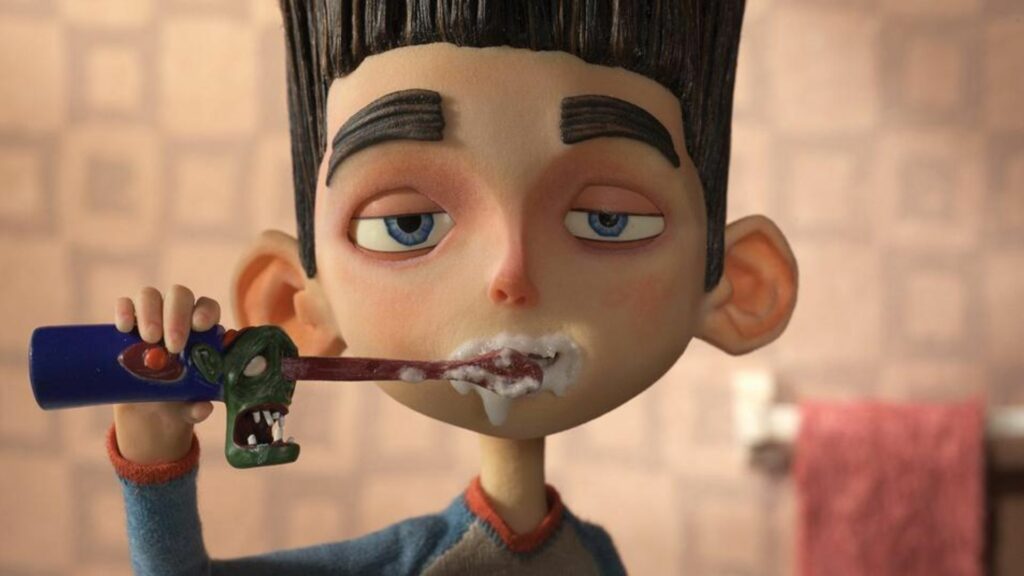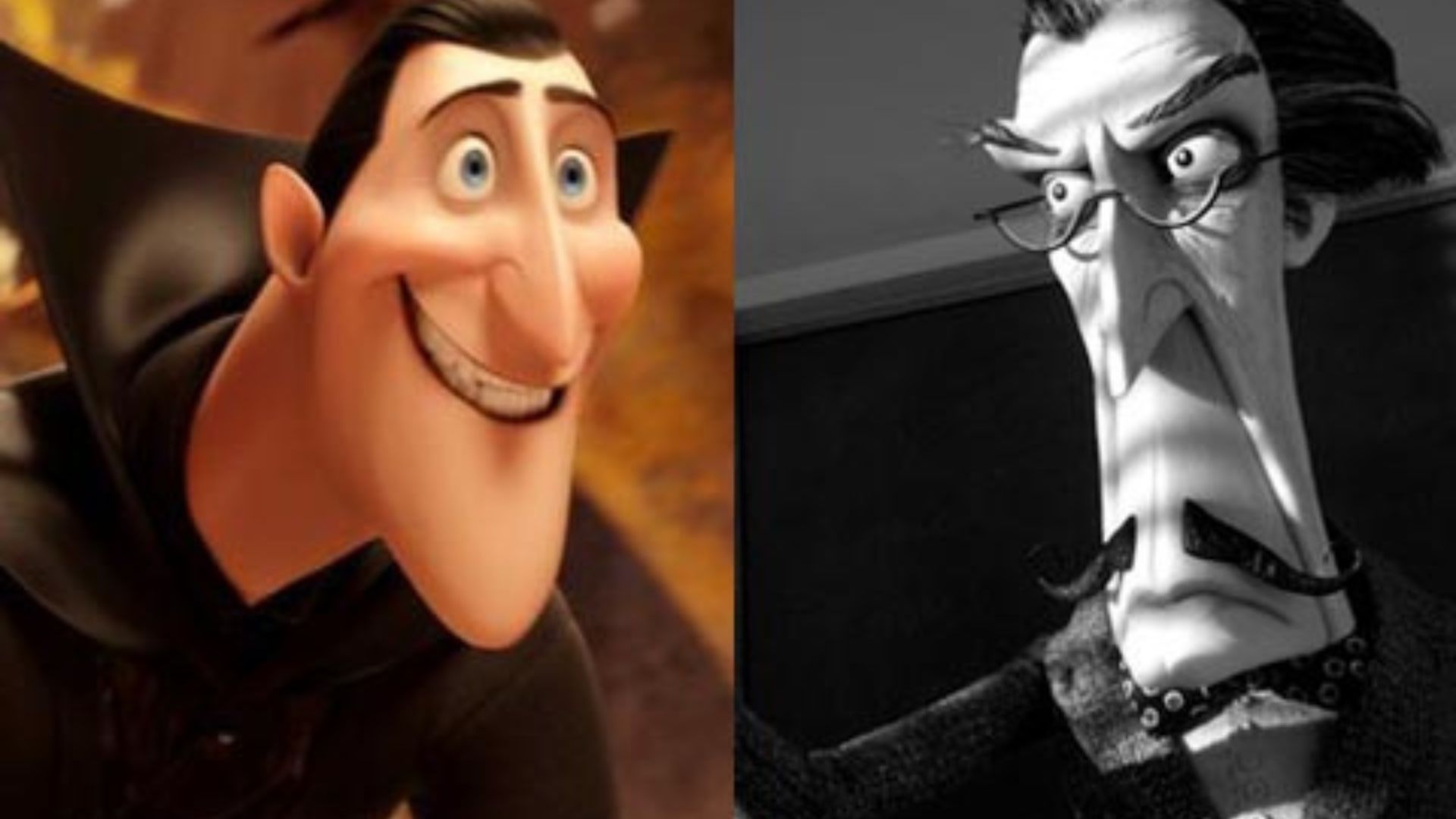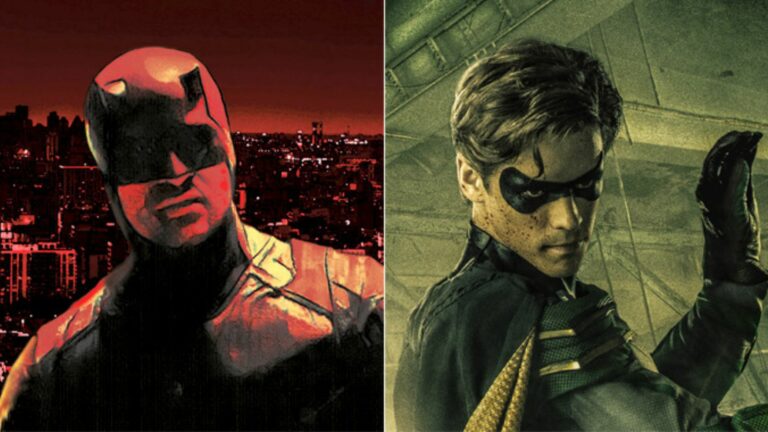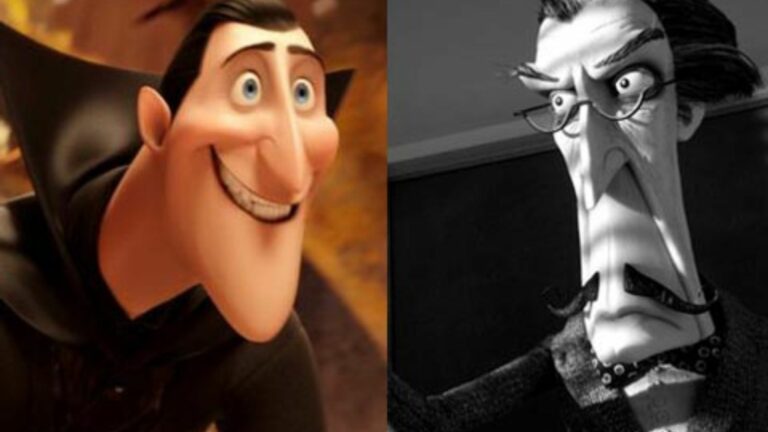The world of animation offers a dazzling array of visual techniques, each bringing stories to life in unique ways. Two prominent styles, stop-motion and CGI animation, have captivated audiences for decades. Stop-motion animation involves physically manipulating objects frame-by-frame, creating an illusion of movement. CGI animation utilizes computer software to generate characters and environments in a digital realm. While both techniques produce stunning visuals, they offer distinct aesthetic qualities and storytelling strengths. This article delves into the stop-motion vs. CGI animation debate, exploring the characteristics and advantages of each style.
The Tactile Magic of Stop-Motion
Stop-motion animation possesses a tangible charm that CGI animation often struggles to replicate. The meticulous process of manipulating physical objects, whether puppets, clay figures, or objects themselves, imbues the animation with a sense of texture and handcrafted artistry. Stop-motion characters often have a weight and presence that feels grounded in reality, even when defying the laws of physics. This tactile quality can evoke a sense of nostalgia and warmth, reminding viewers of the magic of handcrafted creations. Furthermore, stop-motion animation often benefits from the use of real-world lighting, creating a unique visual texture and depth that digital environments can struggle to emulate.
The Limitless Potential of CGI
CGI animation, on the other hand, boasts unrivaled flexibility and limitless creative potential. Furthermore, CGI artists can create fantastical worlds, impossible creatures, and awe-inspiring visual effects with unprecedented detail and realism. Additionally, CGI animation allows for dynamic camera movements and complex physics simulations, pushing the boundaries of what’s visually possible in animation. This technical prowess is particularly evident in big-budget animation films, where CGI creates breathtaking landscapes, intricate character designs, and stunning action sequences. The ability to manipulate light and create hyper-realistic textures further enhances the immersive experience for viewers.

Storytelling Through Movement
Stop-motion animation excels at conveying subtle emotions and nuances of movement. The limitations of the technique, with its frame-by-frame manipulation, often lead animators to focus on deliberate and expressive gestures. This focus on movement as a storytelling tool allows stop-motion animators to imbue characters with a unique charm and personality that can resonate deeply with audiences. The jerky movements and imperfections inherent in stop-motion can even become endearing, adding a layer of authenticity and humanity to the characters.
Storytelling Through Spectacle
CGI animation thrives on creating grand spectacles and awe-inspiring visuals. The ability to render vast landscapes, intricate details, and fantastical creatures allows CGI animators to tell stories set in extraordinary worlds. This visual spectacle can be particularly effective in films that rely on high-octane action sequences, epic battles, and dazzling displays of magic or special abilities. CGI animation also excels at creating photorealistic characters. Additionally, allowing for a seamless blend of animation and live-action elements in certain films.
A Marriage of Styles
Interestingly, the stop-motion vs. CGI animation divide is not always clear-cut. Many modern animated films utilize a hybrid approach, combining stop-motion techniques with CGI. This synergy allows filmmakers to leverage the strengths of both styles. For instance, stop-motion characters can be integrated into a CGI environment, retaining their tactile charm while benefiting from the flexibility of digital animation. This marriage of styles offers exciting possibilities for animation studios, allowing them to craft visually unique and engaging cinematic experiences.
Choosing the Right Tool
Ultimately, the choice between stop-motion and CGI animation depends on the specific story being told and the desired visual aesthetic. Stop-motion animation is a perfect choice for stories that benefit from a handcrafted feel, nuanced characters, and a focus on movement as a storytelling tool. CGI animation shines in films that require grand visuals, fantastical settings, or hyper-realistic characters. Both styles offer unique strengths and continue to evolve, pushing the boundaries of animation and captivating audiences of all ages.
The Future of Animation
The stop-motion vs. CGI animation debate is likely to continue, but the future of animation lies in the exciting possibilities that arise from their potential collaboration. Stop-motion animation’s inherent physicality and expressive characters can be further enhanced by subtle CGI adjustments, leading to even more lifelike and emotionally resonant performances. Conversely, CGI animation can benefit from incorporating the textural richness and handcrafted charm of stop-motion elements, adding depth and warmth to digital creations.
Furthermore, advancements in technology are blurring the lines between these styles. Real-time stop-motion technologies are streamlining the animation process, allowing for smoother character movements and potentially wider adoption of the technique. Advanced CGI offers hyper-realistic textures, lighting, and even mimics stop-motion’s imperfections, blurring the lines and creating a stunning hybrid aesthetic
Conclusion
The stop-motion vs CGI animation debate ultimately celebrates the rich tapestry of animation techniques. Stop-motion animation’s tangible magic and expressive characters offer a unique charm that resonates deeply. CGI animation pushes the boundaries of visual spectacle, allowing for fantastical worlds and awe-inspiring experiences. The future lies in the exciting possibilities that arise from their collaboration, with advancements in technology blurring the lines between these styles. This marriage of styles promises even more captivating narratives and breathtaking visuals for audiences of all ages. Next time you’re wowed by an animated film, appreciate the artistry behind it – stop-motion’s meticulous craft or CGI’s boundless potential. Animation’s magic lies in transporting us and sparking imaginations, no matter the technique.











